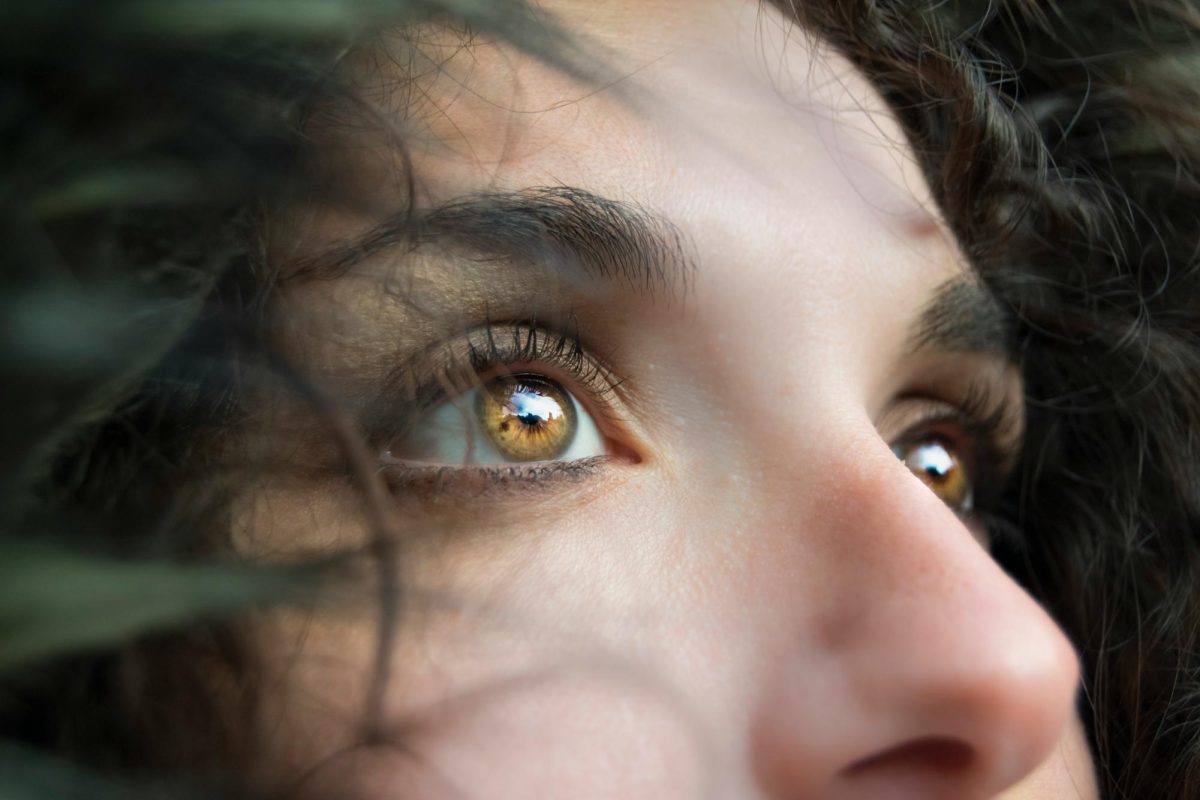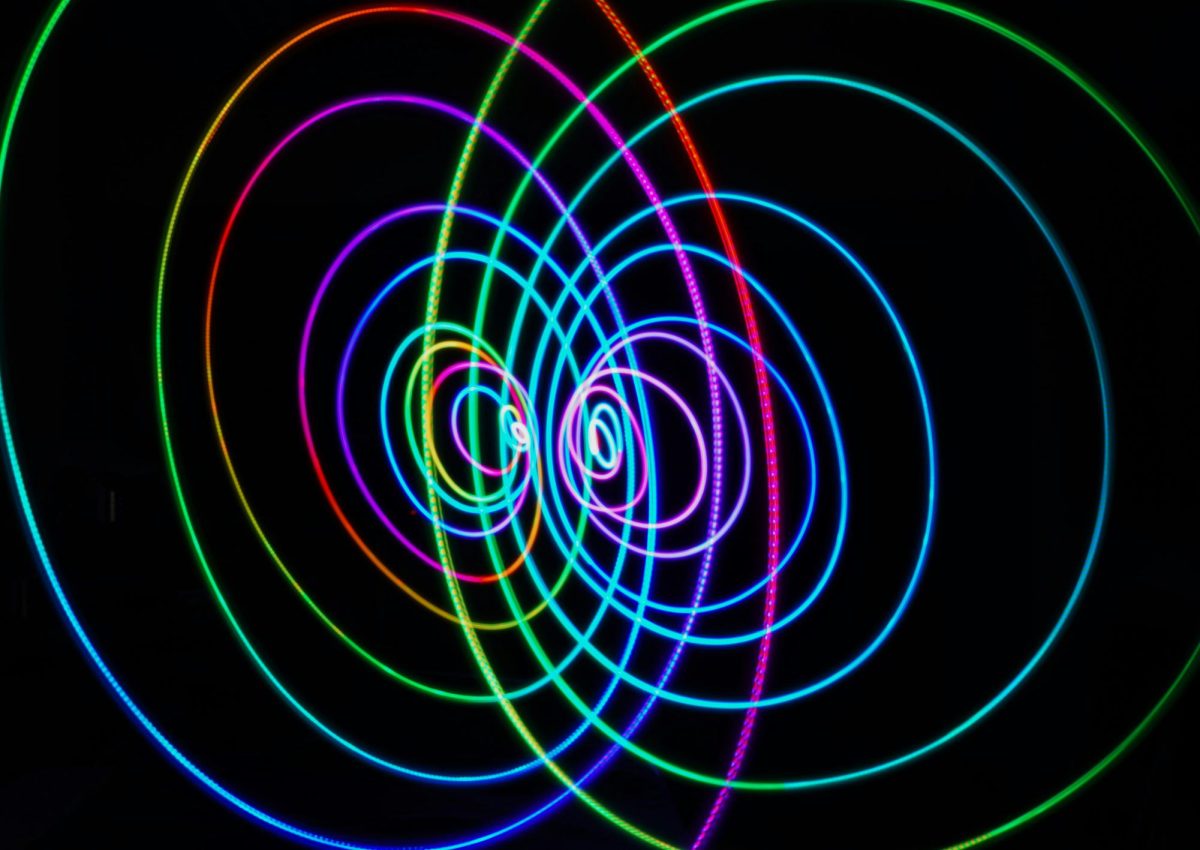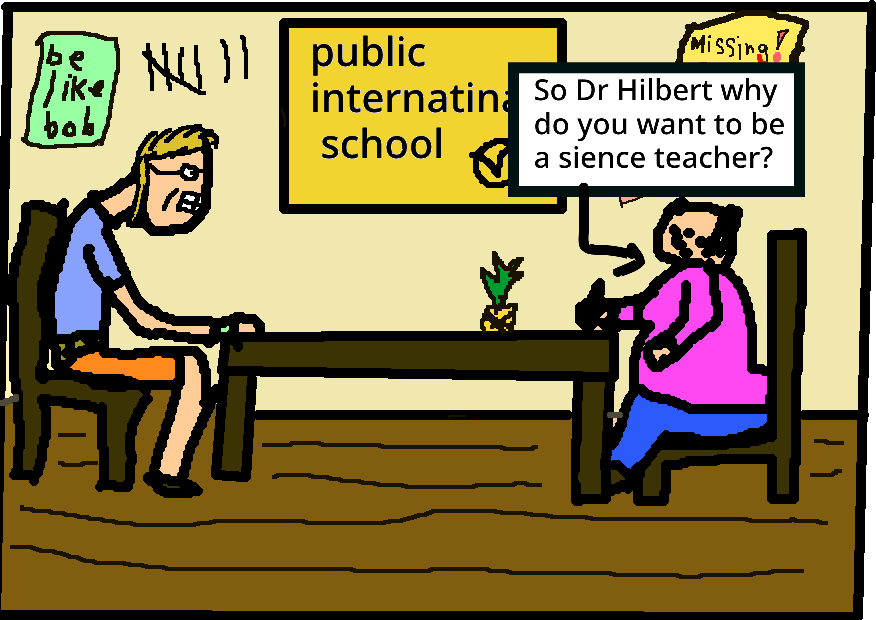Did you know there are an estimated 9 million pigeons living in New York City? That’s more than one pigeon for every resident! With such vast numbers, it’s easy to see why pigeons are often labeled as invasive pests. Pigeon droppings are acidic, which can cause damage to buildings and other property. Moreover, their reliance on food waste and trash exposes them to an array of pathogens, which can pose health risks for the surrounding organisms and humans. Finally, their rapid reproduction can lead to overpopulation, further worsening the unsanitary, noisy conditions. Yet, though people are quick to judge, there’s much more to these birds than meets the eye.
The history between humans and pigeons began thousands of years ago with the domestication of pigeons as pets, holy spirits, messengers and food sources. The species we most commonly see in cities around the world today, called rock doves, originally lived on cliffs and coastal areas in Europe, North Africa and parts of western and southern Asia. Today, however, there are over 350 pigeon breeds worldwide, all with unique traits.
Pigeons, who are actually descendants of dinosaurs, have long been admired for their intelligence, ability to remember faces and colors and exceptional navigational skills. The combination of these traits made them ideal for selective breeding and domestication. Moreover, driven by food motivation, Pigeons were highly trainable and thus able to adapt seamlessly to new and changing urban environments and urban life alongside humans.
Especially pigeon’s unique navigational skills make them extremely useful in both world wars as messengers: this trait made them able to find their way home over long distances and successfully deliver messages before the postage system and telecommunication had been developed.
However, over the last centuries, the demand for Pigeons as pets or food sources declined with the presence of better alternatives. Additionally, with the advance of technologies and other forms of communication becoming more prominent, Pigeons were no longer needed as messengers, one of their key roles in the past centuries. Thus, there was little use for pigeons, which led to humans abandoning them beginning in the second half of the 20th century.
Despite this, pigeons continue to thrive in our urban environments as even though humans were no longer dependent on them, pigeons were still dependent on us.
Feral pigeons, the descendants of domesticated pigeons, are no longer kept by humans, though centuries of breeding Pigeons have become domesticated and remain near us due to their behavioral patterns and food dependence. Due to their trainability and food motivation, they remain in densely populated urban centers, where food waste and trash are most common.
Furthermore, some experts hypothesize that the tall urban buildings could resemble the pigeons’ natural habitat – coastal regions – making it even easier for them to adapt and remain in urban centers.
So, the next time you see a pigeon in your city, remember that for centuries they were honored and an integral part of human society. They are far more than just an invasive, bothersome species. Instead, they are resilient, resourceful survivors, even after humans abandoned them.












